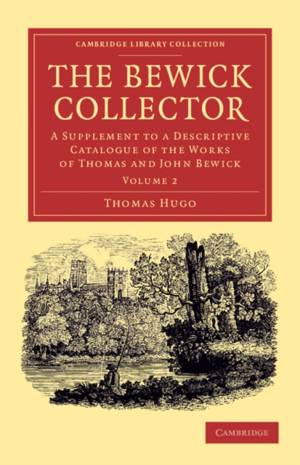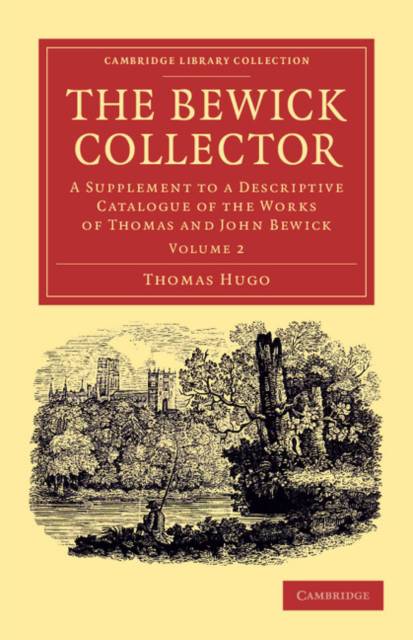
- Afhalen na 1 uur in een winkel met voorraad
- Gratis thuislevering in België vanaf € 30
- Ruim aanbod met 7 miljoen producten
- Afhalen na 1 uur in een winkel met voorraad
- Gratis thuislevering in België vanaf € 30
- Ruim aanbod met 7 miljoen producten
Zoeken
The Bewick Collector
A Supplement to a Descriptive Catalogue of the Works of Thomas and John Bewick
Thomas Hugo
€ 78,95
+ 157 punten
Uitvoering
Omschrijving
The names of Thomas Bewick (1753-1828) and his brother John (1760-1795) are synonymous with beautiful, delicate and accurate woodcuts of the natural world. Their instantly recognisable style was to influence book illustration well into the nineteenth century. The antiquary and print collector Thomas Hugo (1820-76), best known as a collector of Bewick woodcuts, first published this two-volume catalogue of his extensive collection in 1866-8. It has since emerged that many of the items sourced from printers' offices and booksellers across the country - including Thomas Bewick's own publisher, Emerson Charnley - cannot be authenticated as the Bewicks' work. The collection was nonetheless a remarkable assemblage of valuable materials, including uncut first editions, woodblocks, handbills and broadsides (all regrettably dispersed after Hugo's death) which might otherwise have been lost. Lavishly illustrated throughout, this volume is the 1868 supplement to the catalogue.
Specificaties
Betrokkenen
- Auteur(s):
- Uitgeverij:
Inhoud
- Aantal bladzijden:
- 388
- Taal:
- Engels
- Reeks:
Eigenschappen
- Productcode (EAN):
- 9781108057240
- Verschijningsdatum:
- 18/04/2013
- Uitvoering:
- Paperback
- Formaat:
- Trade paperback (VS)
- Afmetingen:
- 140 mm x 216 mm
- Gewicht:
- 489 g

Alleen bij Standaard Boekhandel
+ 157 punten op je klantenkaart van Standaard Boekhandel
Beoordelingen
We publiceren alleen reviews die voldoen aan de voorwaarden voor reviews. Bekijk onze voorwaarden voor reviews.











